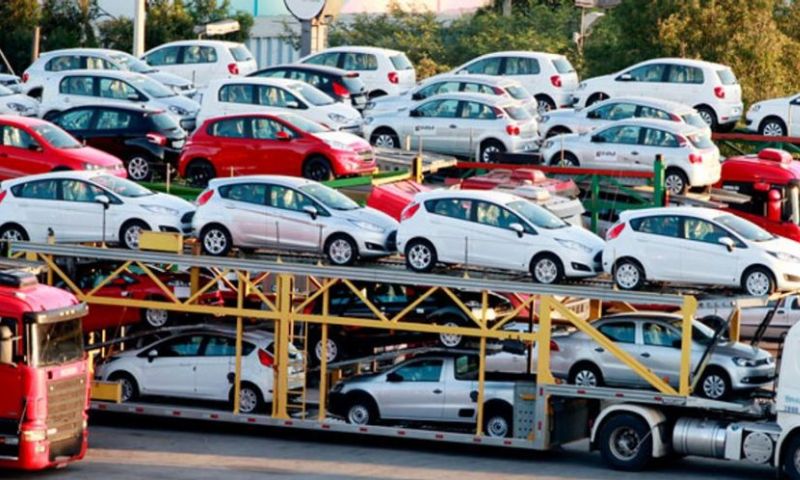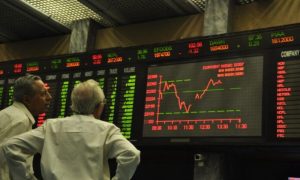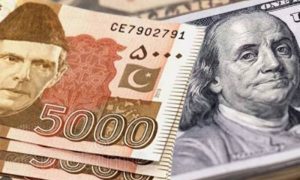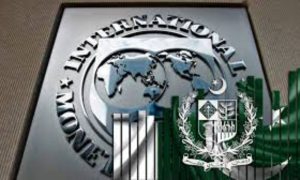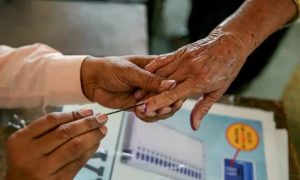KARACHI: As December approaches, signalling the year’s end and marking the midpoint of fiscal year FY23, the automotive industry braces for a severe economic downturn, witnessing a sharp decline in demand.
Analysis of the graphs reveals a substantial decrease in locally assembled vehicle volumes across all sectors, encompassing passenger cars, LCVs, and SUVs, plummeting even below the levels witnessed during the Covid era, except for a singular month in Apr-20. Import trends of CKD parts now indicate a looming risk of reaching unprecedented lows in the upcoming months.
By mid-November, companies like Industry Motors find themselves halting plant operations for more than 60 non-consecutive days within the fiscal year. Their decision to close stems from a combination of excessive manufactured vehicle inventory and shortages in essential parts, all amidst a persistently low demand. The current landscape sees a significant number of potential buyers opting for a ‘wait-and-see’ approach due to the prohibitive borrowing costs, while others, though financially capable, face extensive waiting periods for delivery. Even the previously resilient SUV segment, bolstered by the introduction of new models like the Hyundai Tucson, now grapples with dwindling demand.
The declining imports of CKD (Completely Knocked Down) parts, which hit a low of $23 million in Oct-23, marking a 45-month low, signal an ongoing and notable drop in volumes expected to persist in the coming months due to persistent factors driving this decline. Factors such as soaring inflation, expensive cars, coupled with high bank interest rates on car loans, are prompting many potential buyers to either stay home idly or scout for enticing deals on imported used vehicles or locally available second-hand cars. Some individuals might opt to swap their larger vehicles for smaller, more fuel-efficient ones as they feel the pinch of rising petrol prices. Additionally, the implementation of import restrictions will likely contribute to further diminishing imports.
Presently, the car market has scaled down significantly, reminiscent of its size two decades ago. If the current trend persists, the industry is estimated to sell approximately 81,000 units in FY24, falling notably below the 20-year average annual sales of 174,000 units, exclusive of KIA and Changan sales. This evolution prompts the question of how much the market size has changed. Merely two years ago, in FY22, the market achieved its highest-ever volume, surpassing the 300,000-unit milestone for the first time, inclusive of KIA sales. While this was considered a remarkable feat, it would be intriguing to compare and gauge the number of first-time car buyers from then to now. Such a comparison could establish a benchmark for understanding the genuine car penetration in the country.
Considering the substantial income disparities and acknowledging that the current car market remains out of reach for an average Pakistani household, perhaps the only notable distinction between today and FY22 is the reluctance of the car buyer to invest in additional wheels without significant incentives or motivations in place.









